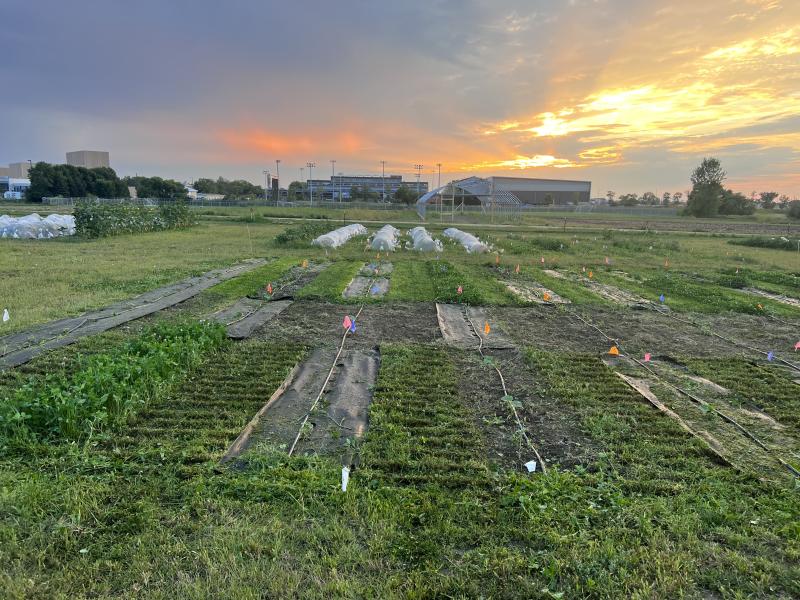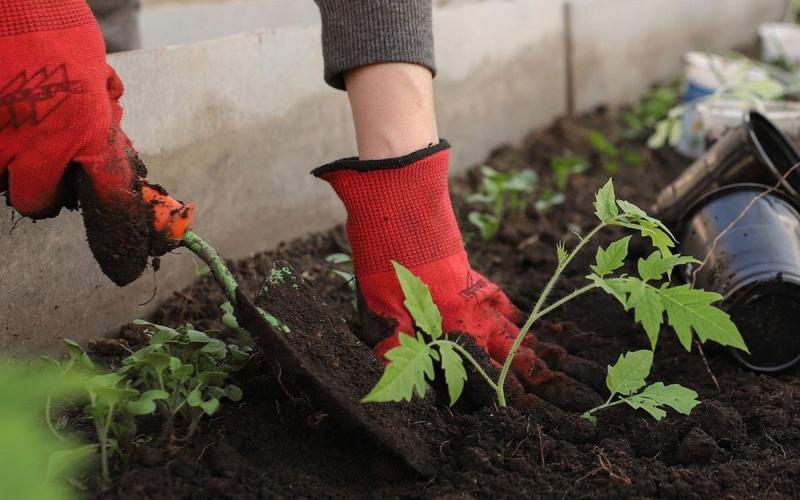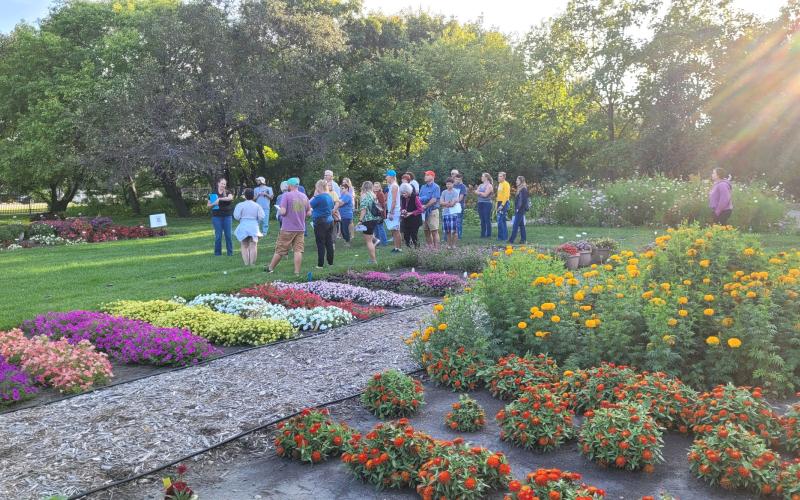
Written by Connor Ruen, M.S. Graduate Research Assistant in the Dept. of Agronomy, Horticulture, and Plant Science under the direction and review of Kristine Lang and Thandiwe Nleya.
Special thanks to Robin Buterbaugh for peer-review of this report.
Vegetables farmers often rely on intensive tillage to control weeds that compete with their cash crops between the rows. Intensive tillage has adverse effects on soil health and increases the chances of soil erosion. To reduce tillage, farmers sometimes use plastic mulch, but single use plastic mulches are hard to recycle. The use of a living mulch cover crops to suppress weeds is an alternative that can reduce plastic waste. A perennial legume living mulch, such as clover, will fix nitrogen in the soil while holding on to leachable nutrients and prevent wind and water erosion. However, the use of a living mulch can cause a reduction in yield since the clover can compete with the cash crop for light, water, and nutrients (Bruce, 2022). Brassica species are commonly grown in South Dakota vegetable systems. However, temperature spikes when nearing harvest can cause broccoli to bolt and become unmarketable.
Acknowledgement
Funding for this ongoing work is, in part, from the USDA NIFA Organic Transitions and USDA Specialty Crop Block Grant Programs. Thank you to former and current undergraduate and graduate research assistants. Thank you to the SDSU Lang lab Undergraduate Research Assistants Trevor Ruen, Ashtyn Schultz, Ellie Fitzpatrick, Jacob Koch, Emily Guggisberg, Mackenzie Christopher, Ruth Wilford, and Johanna Livermore and the students of ABS 475 for their support during the 2023 field season.


